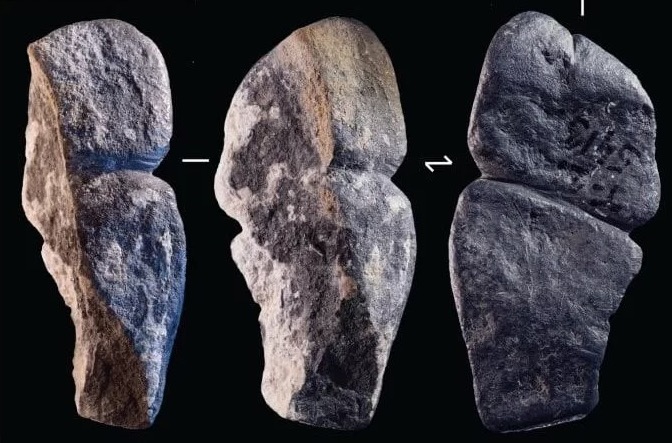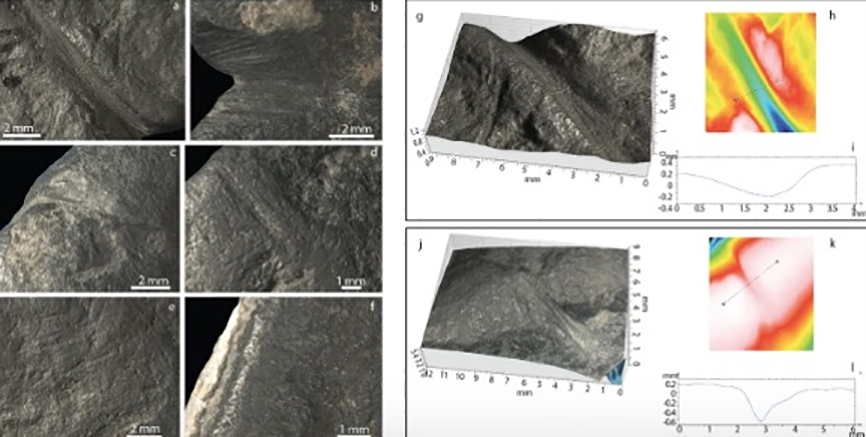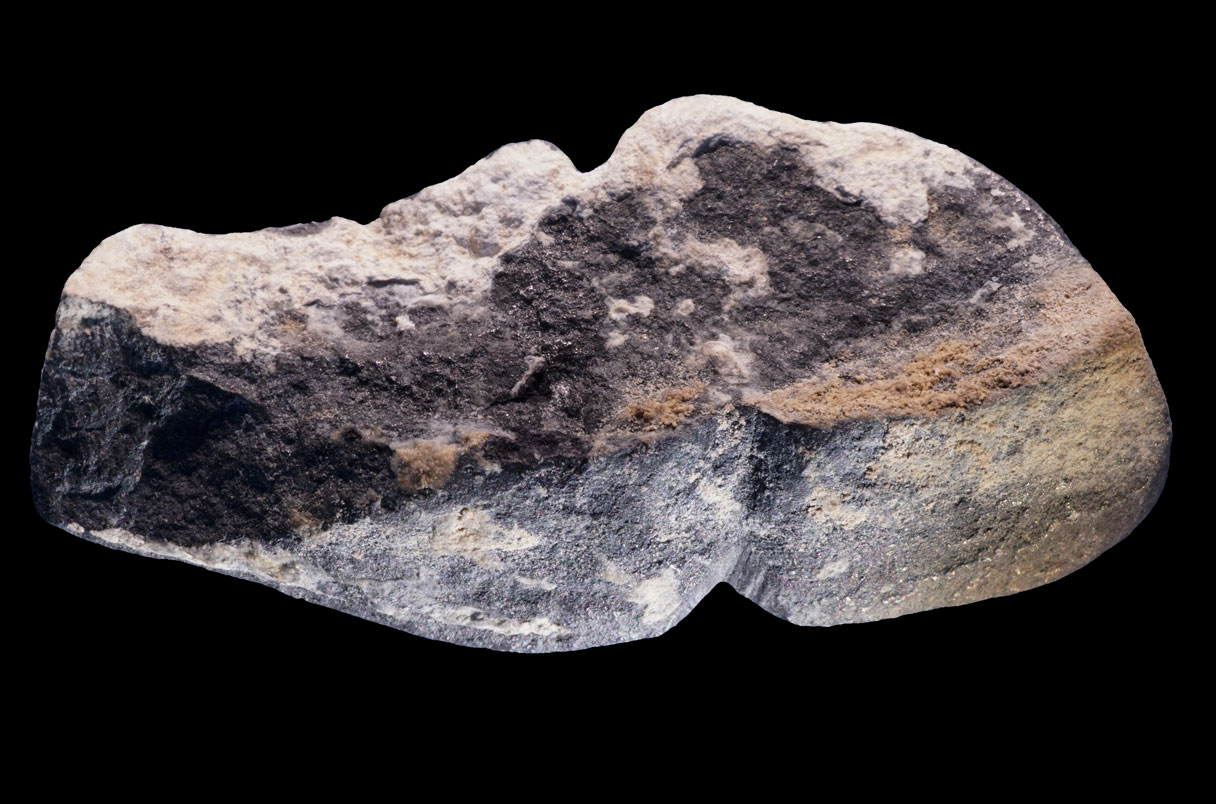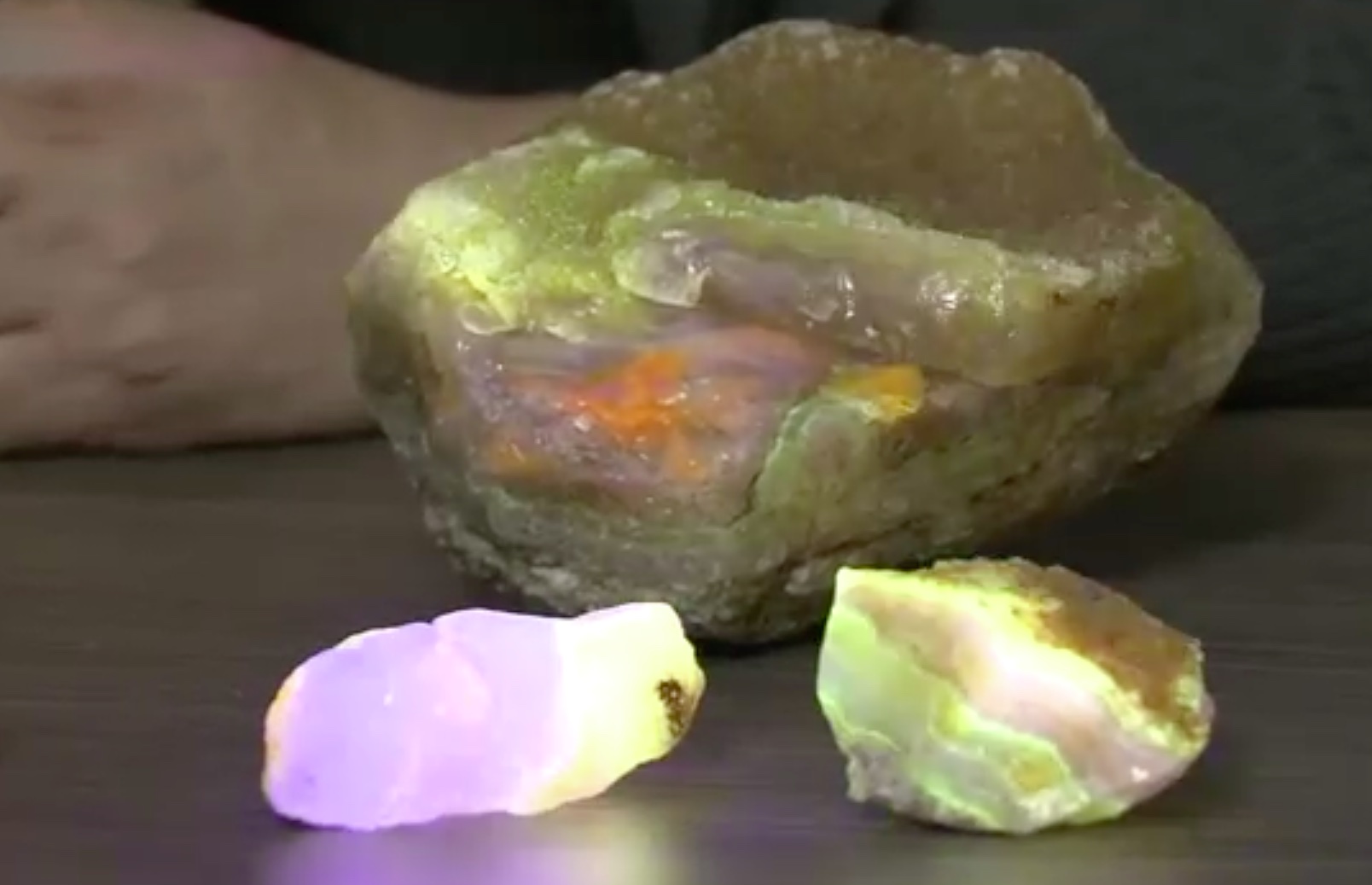A pendant carved approximately 42,000 years ago is believed to be the world’s earliest phallic artwork, according to researchers. The 4.3cm graphite pendant, referred to as the “earliest-known sexed anthropomorphic representation,” predates other notable ancient artworks. It is older than the Venus of Hohle Fels statue in Germany, which is estimated to be around 40,000 years old, as well as the vulva carvings in Chauvet Cave in France, dating back approximately 32,000 years.
Discovered at the Tolbor archaeological site in Mongolia’s Khangai Mountains in 2016, the pendant was found alongside ostrich eggshell beads, animal bone fragments, and other stone pendants. Radiocarbon dating of organic materials near the artifact suggests it is between 41,900 and 42,400 years old.

Although the graphite pendant may not be instantly recognizable as a penis, archaeologists argue that specific features distinguish the shaft, glans, and urethral opening. Stone tools were likely used to carve these details. The pendant’s smooth reverse side and evidence of wear imply that it was worn as a pendant around the neck and passed down through generations. As graphite was not readily available in the region, it is believed that the pendant originated from a distant location and was likely acquired through trade.

While some archaeologists support the interpretation of the pendant as a phallic representation, others remain skeptical. The small size and abstract nature of the object have led to differing opinions. Nevertheless, the discovery provides insight into early human artistic expressions and suggests that sexual symbols were utilized by hunter-gatherer communities for various purposes, such as bringing good fortune and warding off evil spirits.
Note: This article reports on the research findings and interpretations regarding the pendant, acknowledging differing viewpoints among experts in the field.






